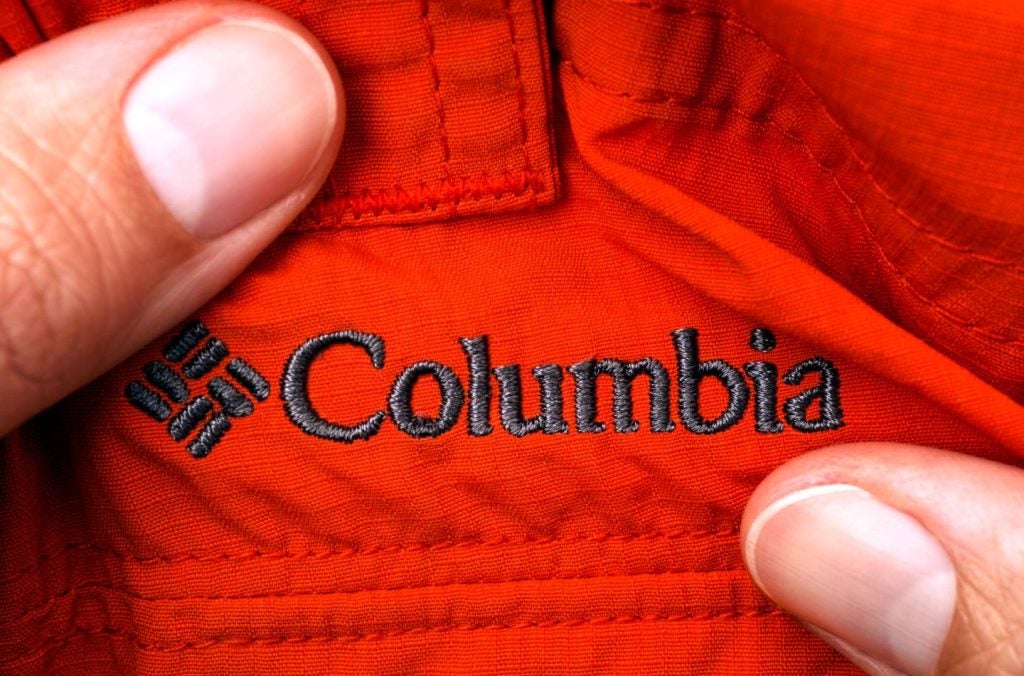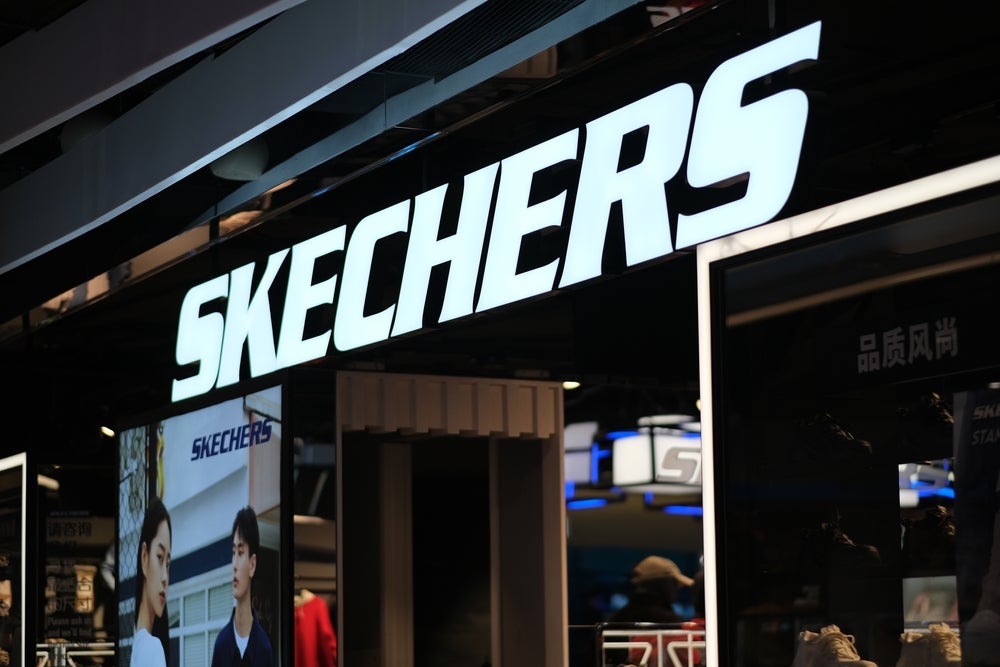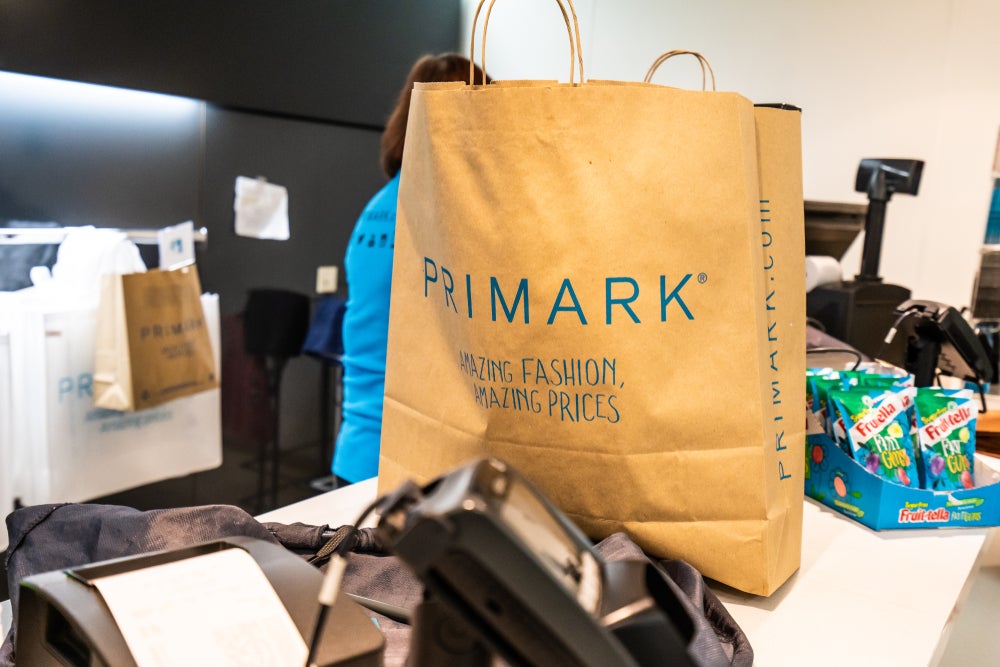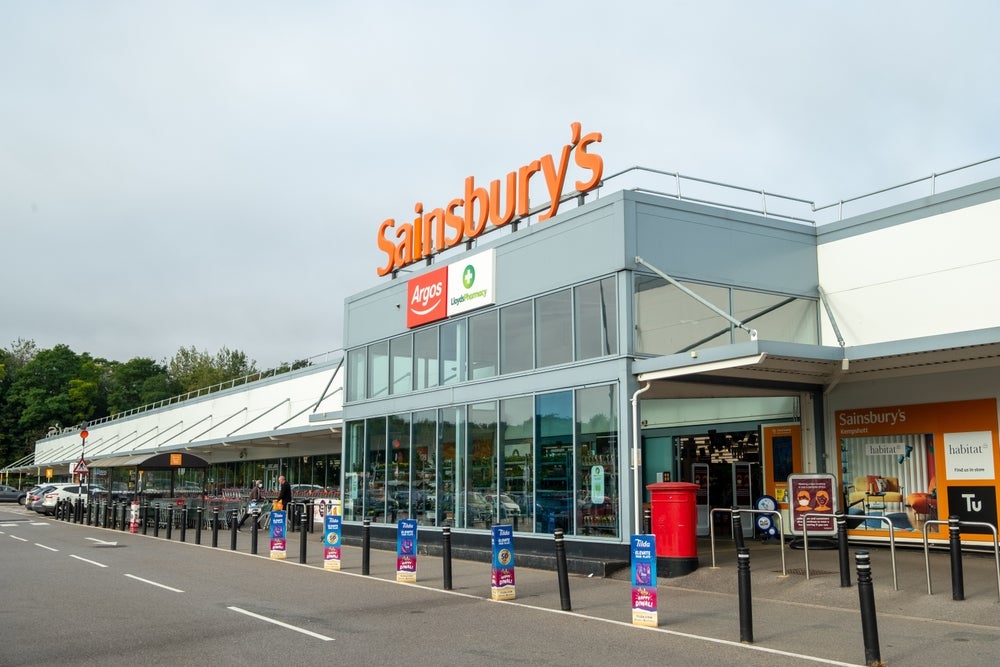
Senior apparel analyst at Global Data, Pippa Stephens describes ASOS’s H1 results as “disappointing” and a “significant slowdown” from the 12.2% decline it faced in Q4 FY2022/23 due to what she says is down to its Gen Z shoppers continuing to switch to more affordable retailers like Shein and Cider and its millennial consumers “trading up to more premium brands for greater quality and value for money.”
Asos said in the fourth quarter of 2023 that trends were expected to continue to slow down.
Because of this Shore Capital equity research analyst for consumer and digital technology, Katie Cousins expected a weak (albeit slightly better than 18%) H1 due to a “difficult consumer backdrop,” along with Asos’s focus on reducing stock levels to improve profitability.
Cousins also believes “uncertainty remains” and the retailer would need to work hard to remain competitive and improve sales trends.
Stephens was keen to add that despite the online clothing retailer’s “continued downturn” it has been seeing “green shorts” from its Driving Change Agenda. This is exemplified through initiatives such as the Test & React model, used across 5% of its ranges and reduces lead time times to just two to three weeks, allowing Asos to be “more agile and reactive to the latest trends.”
See Also:
While Stephens maintains that this helps to drive its appeal among young fashion-conscious shoppers, she warns that Asos will need to expand this significantly going forward if it is to be “first to market with the latest trends and truly compete with the likes of Shein.”
How well do you really know your competitors?
Access the most comprehensive Company Profiles on the market, powered by GlobalData. Save hours of research. Gain competitive edge.

Thank you!
Your download email will arrive shortly
Not ready to buy yet? Download a free sample
We are confident about the unique quality of our Company Profiles. However, we want you to make the most beneficial decision for your business, so we offer a free sample that you can download by submitting the below form
By GlobalDataAsos did confirm that it is ahead on its plan to improve stock efficiency and reduce inventory to around £600m ($759m), back to pre-Covid levels, by the year-end.
The retailer said it was making good progress in implementing its Back to Fashion strategy which includes clearing surplus stock – to “right-size” the business – and move to a new operating model.
José Antonio Ramos Calamonte, CEO commented on the results: “Asos is becoming a faster and more agile business, aided by the incredible work of our teams to speed up all of our processes to deliver the fashion, quality and prices that our customers want when they want it.
“I’m excited by the performance of our new collections, while we have also made great progress in monetising inventory that built up over the pandemic and in improving the core profitability of our operations. We have reconfirmed our guidance for FY24 as we lay the foundations for a more profitable, cash-generative business from FY25 and beyond.”
With no change to its guidance, Asos also made no mention of any hope to return to growth by FY2024/25. Stephens says this will make it “more achievable for Asos to record stronger results for the rest of this year.”







